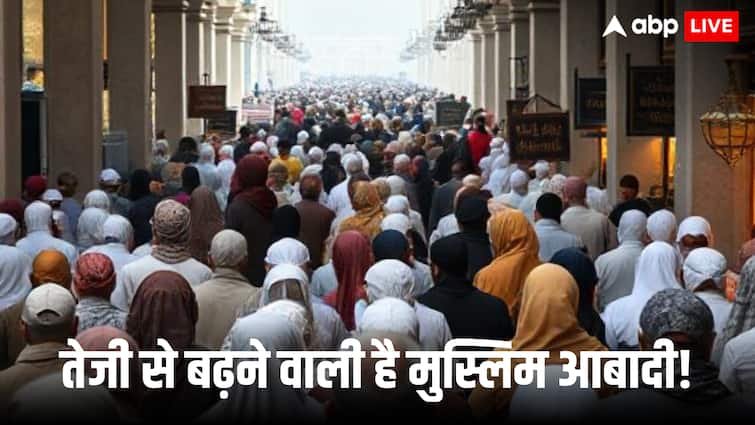Muslim population in next 5 year: According to the new population estimates of the Forum on Religion and Public Life of Pu Research Center, the world’s Muslim population is expected to increase by about 35 per cent in the next 20 years, which will increase from 1.6 billion figures in 2010 to 2.2 billion by 2030. The Muslim population in the next 5 years at the global level is expected to grow at a rate of almost double the non-Muslim population. The average annual growth rate for Muslims is 1.5 per cent, while 0.7 per cent for non-Muslims. If the current trend continues, in 2030 the total estimated population of the Muslim world will become 26.4 per cent of 8.3 billion, which will be considered as 23.4 per cent of the estimated world population of 2010.
According to the report of Pew Research Center, in the next 5 years i.e. in the year 2030, there will be one million or more Muslim residents in 79 countries of the world, whereas today it is from 72 countries. Most Muslims (about 60 per cent) of the world will live in the Asia-Pacific region, while about 20 per cent will live in the Middle East and North Africa. It is also estimated that in 2030, the total population of Muslims in 10 European countries will be more than 10 percent. Russia is expected to have the largest Muslim population during 2030.
Let us know that in the year 2010, the Muslim population in Russia was 16.4 million or 18 percent, but in the year 2030 this number is estimated to reach 18.6 million, which will be more than 20 percent. In this way, the growth rate of Muslim population in Russia is expected to be 0.6% annually in the next 5 years.
Main reasons for Muslim population growth
There are many social, cultural and economic reasons behind the rapid growth in the Muslim population. The birth rate in muscle communities is higher than other religions. The average fertility rate of women is close to 3.1 children per woman in many Muslim countries. The percentage of youth in the Muslim population is higher than other religions. This keeps the speed of population growth more. The average life expectancy of the Muslim population has increased due to improvement in good health services and standard of living. Muslim population growth can have many social and economic impacts. More population can mean increased labor force and new opportunities for economic development. The consumer market will expand in Muslim -majority countries.














Leave a Reply